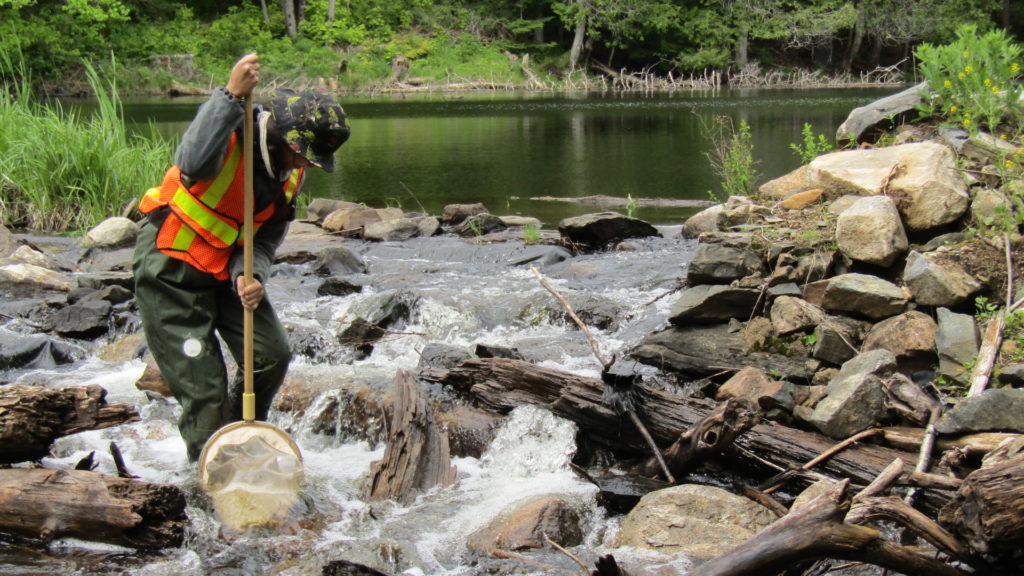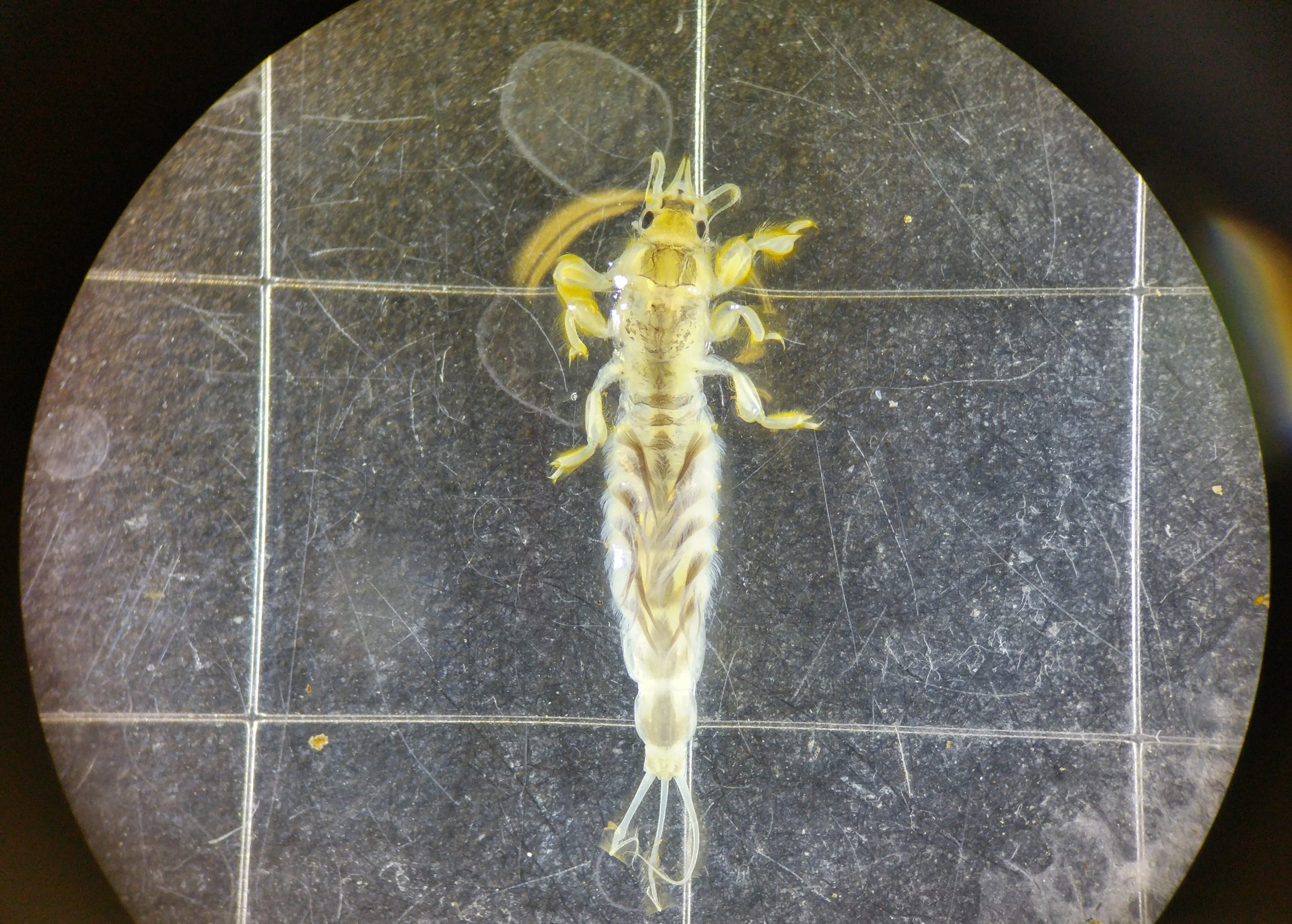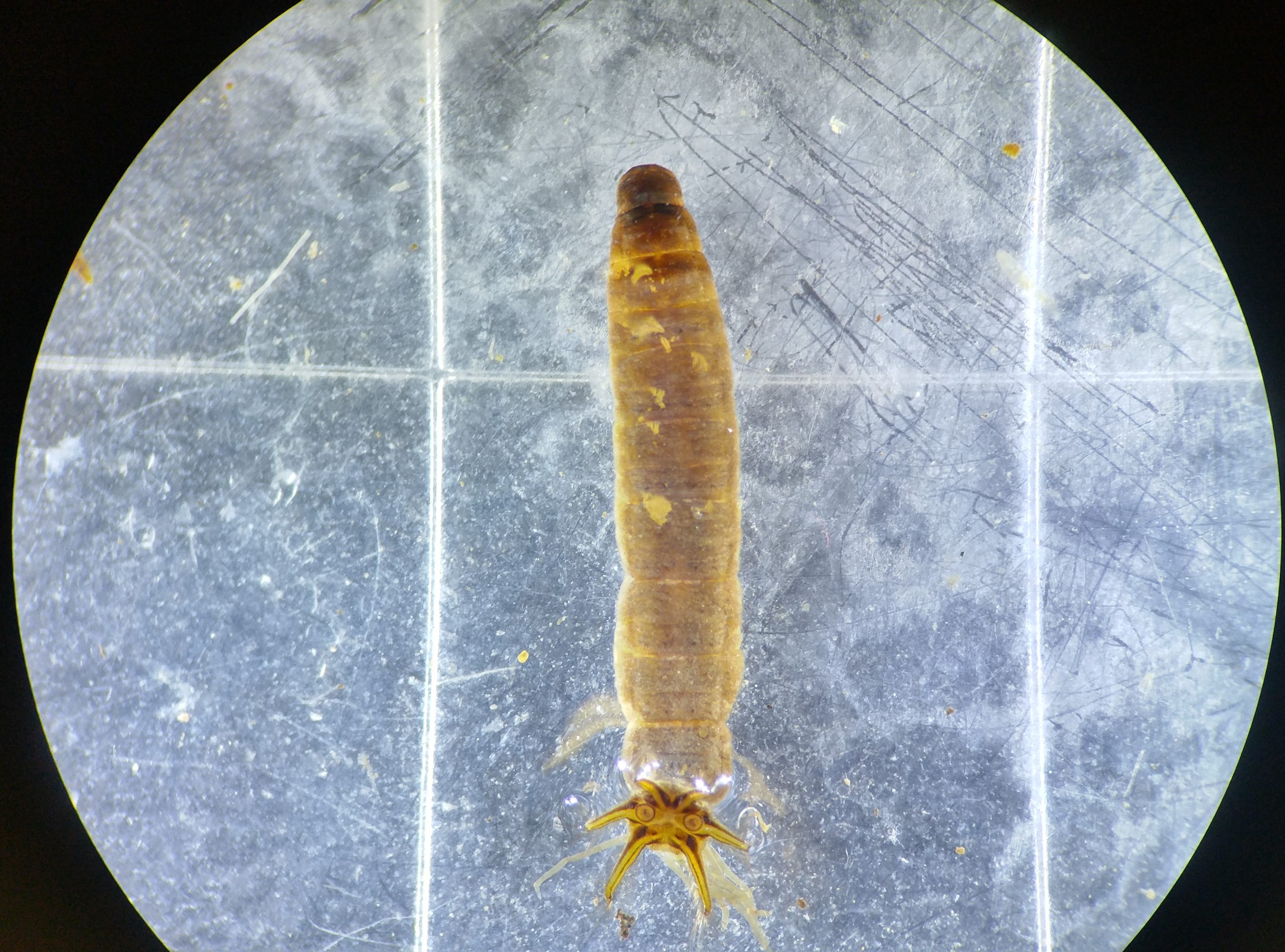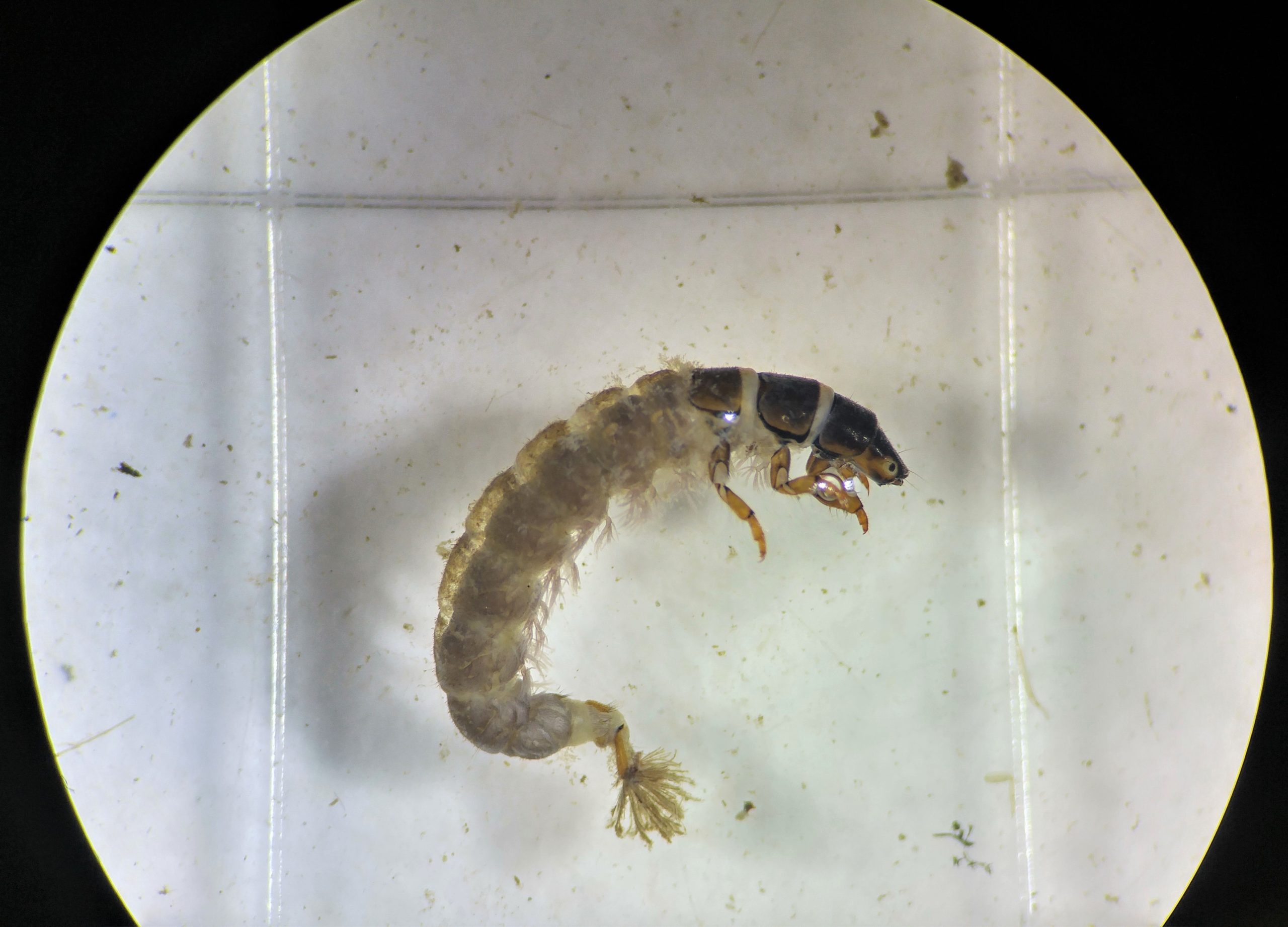Benthic macroinvertebrates are animals without backbones that can be seen with the naked eye that live on, in, or near the bottom of water bodies. These organisms are often used to monitor water quality in river, creeks and steams as they are good health indicators of aquatic ecosystems.
Crowe Valley Conservation Authority operates the Benthic Monitoring Program within the watershed to assess and monitor water quality. Sites throughout the watershed are assessed based on basic water chemistry and benthic macroinvertebrate community composition. This is achieved through the use of the Ontario Stream Assessment Protocol (OSAP) and Ontario Benthos Biomonitoring Network (OBBN).
Why sample and study benthic macroinvertebrates?
- They are a common and integral resident of aquatic ecosystems
- They posses known tolerance ranges to organic & inorganic pollution
- Their community composition varies with environmental conditions
- They predictably respond to human and natural induced stressors
- They aid in monitoring physical and chemical conditions through time
- They provide a historical perspective missing in direct physical and chemical studies
Examples of natural induced stressors to an aquatic environment:
- Beavers
- Create wetlands through flooding of the land-water interface (riparian zones)
- Flooding
- Changes the shape and flow of the water body
- Changes nutrient cycling & decomposition rates
- Reduced flow can increase the holding time of sediment and organic materials
- Alters the overall habitat and therefore species composition of an aquatic environment
Examples of human induced stressors to an aquatic environment:
- Bioaccumlation & Biomagnification
- Pollutants accumulating in fatty tissues of organisms over time
- Species higher in the food web will experience increased pollution concentrations in their bodies due to larger consumption rates
- Endocrine Disrupting Substances
- Pollutants altering the growth, reproduction, and general development of exposed organisms
- Climate Change
- Changes in temperature can impact species' ability to survive
- Changes precipitation can alter water levels within a habitat




